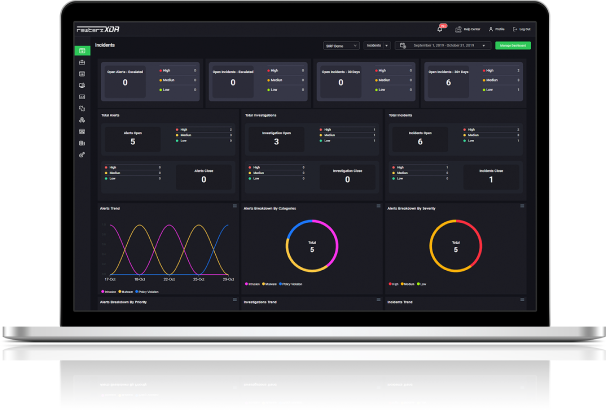

Google Fixes Actively Exploited Android Zero-Day Vulnerability
April 8, 2025
Hackers Abusing Windows .RDP Files to Establish Unauthorized Remote Desktop Connections
April 8, 2025
Google Fixes Actively Exploited Android Zero-Day Vulnerability
April 8, 2025
Hackers Abusing Windows .RDP Files to Establish Unauthorized Remote Desktop Connections
April 8, 2025Severity
High
Analysis Summary
Google has recently patched a longstanding vulnerability that could allow advertisers and third-party scripts to infer users’ browsing histories by exploiting the way browsers display visited links. Traditionally, browsers change the color of visited hyperlinks using the CSS “:visited” pseudo-class, signaling to users which links they have already clicked. However, malicious actors could embed specific links on a webpage and detect color changes to determine if a user had previously visited those URLs, using this information to target ads.
This issue has been known for over 20 years, and while browsers introduced mitigations to slow such attacks, they never fully eliminated the risk. A Google engineer explained that this vulnerability has long been a persistent security concern. Feedback on the problem had been logged multiple times in Chromium’s issue tracker but was initially dismissed as “Won’t Fix.” Only recently has Google committed to solving it.
The solution comes with Chrome Beta version 136 and will be included in the stable release of Chrome 136 on April 23. Instead of checking a global browsing history to style visited links, Chrome now uses a partitioning model. This method stores visited link data alongside contextual information, such as the link’s URL, the top-level site, and the iframe origin. By doing this, “:visited” styling only applies within the same context where the user first accessed the link.
As a result, websites can no longer detect if a user has visited URLs outside of their own domain, effectively shutting down a method that trackers could previously exploit to access users' browsing activity. Chrome will become the first browser to fully close this historic security loophole.
Impact
- Security Bypass
Remediation
- Update Chrome to version 136 or later to apply the official patch
- Enable automatic updates in your browser to stay protected from future vulnerabilities
- Use privacy-focused browsers like Brave or Firefox with enhanced tracking protection
- Disable JavaScript on untrusted websites using extensions like NoScript or uBlock Origin
- Install browser extensions that block third-party trackers and scripts
- Regularly clear browser history, cookies, and cached data
- Avoid clicking unknown or suspicious links on unfamiliar websites
- Limit browser extensions to only trusted ones from verified developers
- Use strong ad-blockers to reduce exposure to malicious ads and scripts
- Disable CSS styling for visited links if not needed (in custom browsers or environments)
- Configure site isolation features in Chrome for additional security
- Use secure DNS services that block known tracking domains
- Manage browser privacy settings to restrict site access to browsing data
- Avoid signing into multiple services in the same browser session to reduce cross-site tracking








